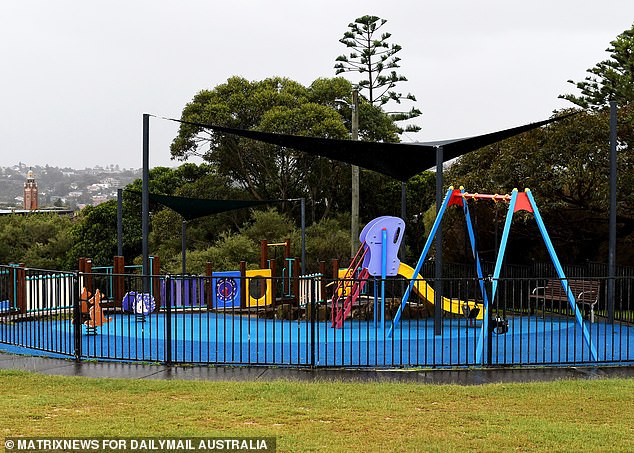Dire warning as concerning birth trend sweeps the country
- Australia’s birth rate has fallen
- The average age at which a child is born has increased
Australia should introduce a national fertility care plan to strengthen the country’s IVF services as birth rates decline.
The insight comes from a review by former Health Minister Greg Hunt and public health expert Rachel Swift, published on Sunday as part of FSANZ 2024, the annual conference of fertility and IVF experts in Perth.
The 34 recommendations include the need for uniform legislation for the Assisted Reproductive Technology (ART) and IVF sectors across all states, territories and the Commonwealth, as well as the development of a national fertility plan.
According to Petra Wale, president of the Fertility Society, a national plan would remove some of the financial barriers to fertility treatments and equalise access to services for Australians regardless of which state they live in.
“If we have a consistent approach, companies can focus on providing the care patients need and helping them through parenthood. That’s ultimately the end goal,” she told AAP.
‘Look around a group of 10 friends and you will see that one or two are having trouble getting pregnant.
‘A national approach to fertility would ensure that your friends, or you, if you happen to be one of the one in six (the statistic of people who are infertile), can realise the dream of a family and do so at a rate that you can afford.’
Furthermore, the study stressed the need for a single national registry and a single gene bank for donors and donor-conceived individuals.
Australia should implement a national fertility care plan to strengthen the country’s IVF services as birth rates decline (stock image)

Australia’s birth rate has fallen by more than half over the past 60 years, from 3.5 births per woman in 1960 to 1.63 in 2022 (stock image)
This registry would provide a centralized system for maintaining and accessing key genetic information, so that medical professionals and individuals are notified of important hereditary conditions.
Australia’s birth rate has fallen by more than half over the past 60 years, from 3.5 births per woman in 1960 to 1.63 in 2022.
These declining fertility rates are accompanied by a decline in the total birth rate and an increase in the average age of the mother over the past half century, from 25.4 in 1971 to 31.9 in 2022.
According to the study, the rising average age of new mothers and technological advances will increase the number of children born through ART and IVF over the next decade.
There are over 40 different laws regulating ART and IVF practices in Australia.
In 2021, 20,690 babies were born through IVF in Australia and New Zealand.
